101 Imaginary Nights At The Movies
Sixth in a series of 101 imaginary movies, Cinema of Forgotten Dreams is my attempt to dramatize film history by creating and commenting on a repository of imaginative film viewing. From the earliest days of cinema to the era of blockbusters, my century (plus one) of Movies I Made Up will proceed chronologically through an alternate dimension of films. Will it be allowed? Will anyone read? Though I have no answer to either question, I’m doing it anyway: fortunately, there are no rules in the land of dreams.
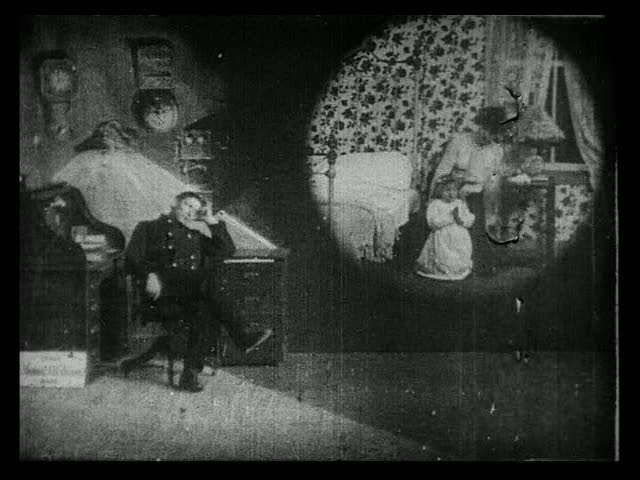
Life of an American Fireman (Jan. 1903)
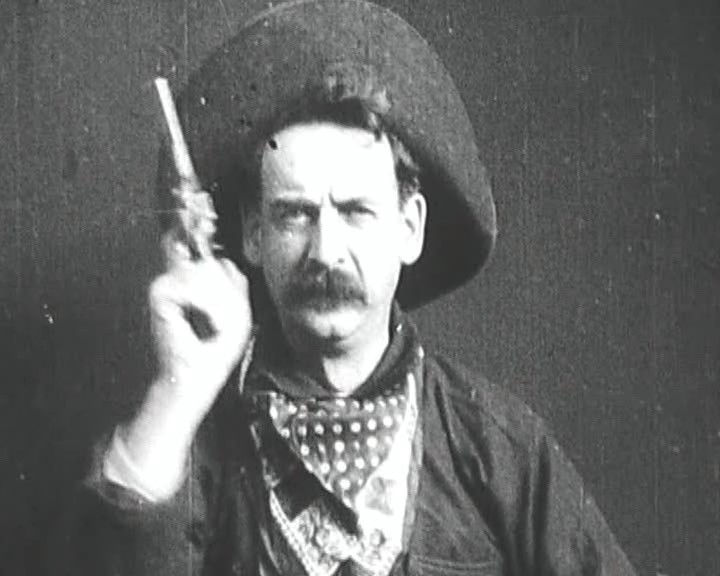
The Great Train Robbery (Dec. 1903)
COP & CROOK
(1904, Edwin S. Porter)
Edison Manufacturing Co., based in New York City, kept the increasingly disinterested and largely uninvolved artistic interests of its founder and inventor – excepting the vast and complicated legal machinery of his various patent claims on the motion-picture camera, the motion-picture projector, and film stock itself – keenly afloat, continuing to print and process thousands of feet of film per year, due to the dedication of a handful of film pioneers who were given complete creative control to experiment with a new medium. Chief among them was the inventive Edwin S. Porter; an inveterate onetime carnival exhibitor and showman who came to the company in the last year of the nineteenth century, it is tempting to assume, to lead it into the twentieth. Legendary for his voracious film-viewing and enthusiasm for the artistic possibilities of film-stories, Porter singlehandedly developed a communicative style of filmmaking that combined realism and drama; the “actuality” of the early cinema of attractions seamlessly merged with a popular theatrical tradition.
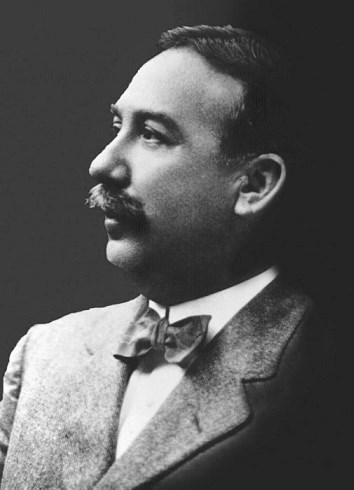
Edwin S. Porter
Bookended by extraordinarily sophisticated screen stories released in 1903, including Life of an American Fireman (January) and The Great Train Robbery (December), movies were brought nearer to audiences than the single-shot, fixed-distance, static view of earliest cinema had previously and discreetly afforded: the close-up of a ringing alarm bell at the beginning of the year answered by a close-up of a cowboy shooting a revolver directly through the camera at its end. More than bringing the story subject closer to the audience by distance alone, cutting closer between scenes and sequences, to points of dramatic interest where and whenever they might be, effectively reduced time and space to a relative concept within the story itself. Thus, two parallel actions in different and remote settings – a firefighter’s preparation for the day on one end of town juxtaposed against a house in flames at the other; the gang of train robbers fleeing through the forest as the posse assembles at its clearing – could be understood by audiences to be occurring simultaneously within a single space-time continuum.
Film had discovered its grammar, and the emerging comma, semi-colon, and period of its presentation were staging, camerawork, and editing. Continuing and developing his revolutionary distillation of its basic techniques, Edwin S. Porter’s early year release of Edison’s Cop & Crook, in 1904, not only presented these film elements to new and advantageous effect but also gifted the emerging storytelling medium with a fully-realized progenitor of several enduring film genres.
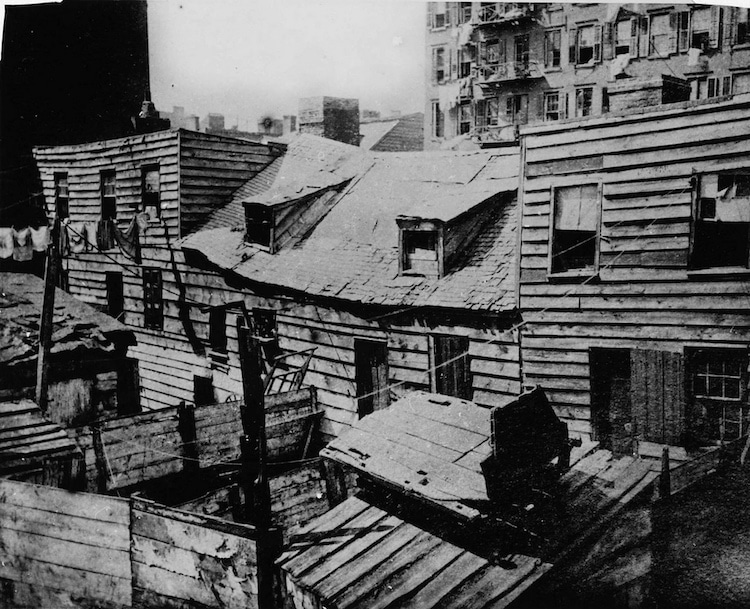
[Shot 1] A medium-length view of a sparsely-furnished living room and kitchenette, with a square window in the center of the frame offering a further terminating view of an opposite building’s brick wall, casts a pale gloom of strained sunlight immediately following a title card reading, in block-capitalized letters, “COP”. A harried woman with hair piled to uneasy heights bustles into frame, moving from screen-right to -left as her patchworn skirts trail the dusty floor. Trailing immediately behind, pausing to pick up a billy club from the table center, lags the ampersand-preceding title character, struggling, as a further intertitle suggests, with “the brass clasps of his button-up, as he does every morning.” Exiting screen right, he leans over to peck his wife on the cheek before checking beneath his collar for the silver-tinged badge covering his left breast pocket.
[Shot 2] Another medium-length view of a similarly-furnished room, this time a man in dark-hued work clothes leans over his own kitchen table to gently shake the shoulders of his wife, collapsed behind a table-center bottle marked “X” in a heap of tendril-like hair and shadow-clutching fingers. The title card “& CROOK” precedes the man slowly moving partially off-frame to open a closet, retrieving a chisel and hammer, which he quickly conceals in his jacket under his left arm. With equal care, the second man crosses the frame to the door, leaving his wife’s drunken reveries undisturbed.
[Shots 3 – 9] The two opposing characters established, brief sketches of their respective working lives quickly follow, with the arrival of the police officer at his station – a haphazard assemblage of high desks through which clusters of starched uniforms roam – juxtaposed against the daily routine of the criminal, making his rounds to the low dives and lower haunts of backroom card tables and smoke-shrouded billiards tables. [Two missing shots, presumed lost or censored, show the two characters – the policeman and criminal – receiving orders from the desk of the station captain on one end and the saloon proprietor’s whiskey-soaked bar on the other.] The sequence ends with two close shots, one following the other, of two pieces of paper, one typed and the other handwritten, upon which both read the same address: “Acme Machinery, 324 W. Wilshire”.
[Shots 10 – 12] [Another pair of missing shots, these also either lost or censored, establishes the exterior of the Machinery plant, with the policeman and criminal entering the two-story brick building on opposite ends.] In a shadowy corridor, a dim light source visible over the hand-cranked wheel of an iron safe, the criminal steps out from the shadows and draws out his chisel and hammer from his coat and begins work prying the safe’s steel frame from its casing. At this same moment, in the background of the shot, the police officer appears and slowly creeps toward the hanging bulb with billy club raised and, in the film’s closing moments, brings his own instrument down on the head of the criminal, who collapses out of frame.
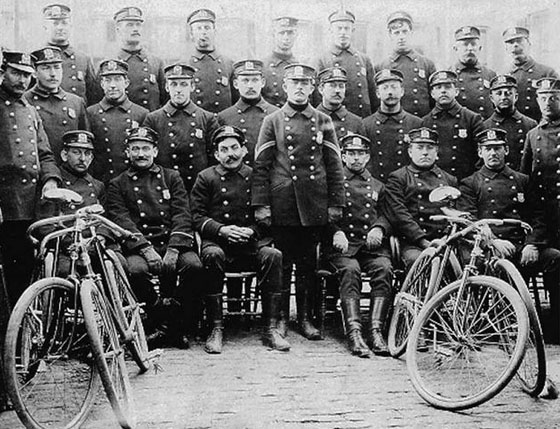
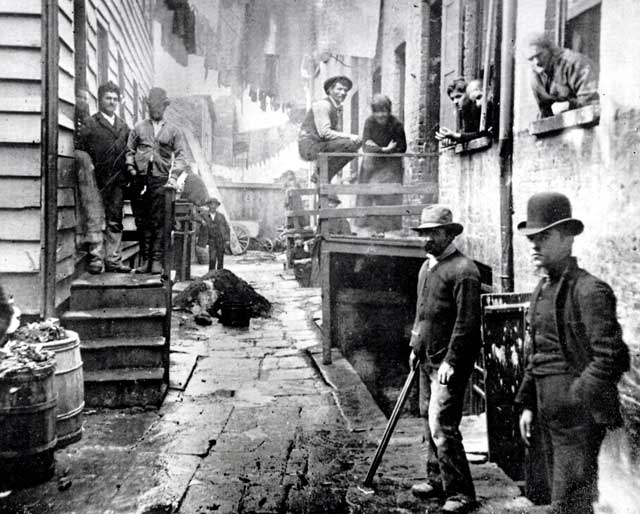
Although incomplete in its present running-time, when projected at 18 frames per second, of about 12 ½ minutes [it is estimated that, with the four missing shots, the film would run a little under 15 minutes], Cop & Crook remains a fast-paced and surprisingly complex tale of crime and its prosecution, especially in its emphasis on the daily lives of those on both sides of the law. Indeed, from what is left out, one can surmise that local censorship boards were uncomfortable with the explicit parallels drawn between the police officer and criminal; particularly the workmanlike way either goes about his tasks and similarly carries out his orders received from superiors. Moreover, that each of the characters are established as coming from reduced circumstances – the telling details of their marriages and living situations – carries implicit social criticism and creates a degree of audience involvement that complicates one’s view of the human figures on either side of the ampersand. (Film gangsters and noir anti-heroes would later explore that uneasy relationship countless movie times over; proving its endless fascination for audiences and filmmakers alike.)
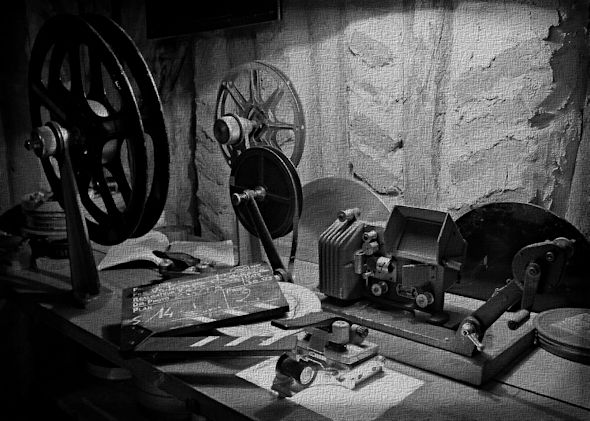
What is most astonishing about Cop & Crook, however, is how eminently readable its framing, blocking, set design, lighting – all the elements of visual storytelling defined under the umbrella term of “film” – appear after 115 years of subsequent moviemaking. From the billy club, hammer and chisel picked up in the first shots to their final and tragic uses in the very last, the question Edwin S. Porter leaves us, then, is whether his assembly of discreet shots would make sense if jumbled, altered, sped up, slowed down, cut, or re-staged. That they seamlessly fit together and create visual, mental, and even moral geography in the collective minds of viewers – whizzing us back and forth through time and space, effortlessly breaking barriers between them – shows the imperceptible, precision storytelling across these 12 shots to be the “best”, in the sense of most comprehensible, of all possible worlds a filmmaker could create.

